Four multitasking skills that make you highly employable
In this article, we explain what multitasking skills employers love to see in the workplace and how you can improve your multitasking abilities.
In this article, we explain what multitasking skills employers love to see in the workplace and how you can improve your multitasking abilities.
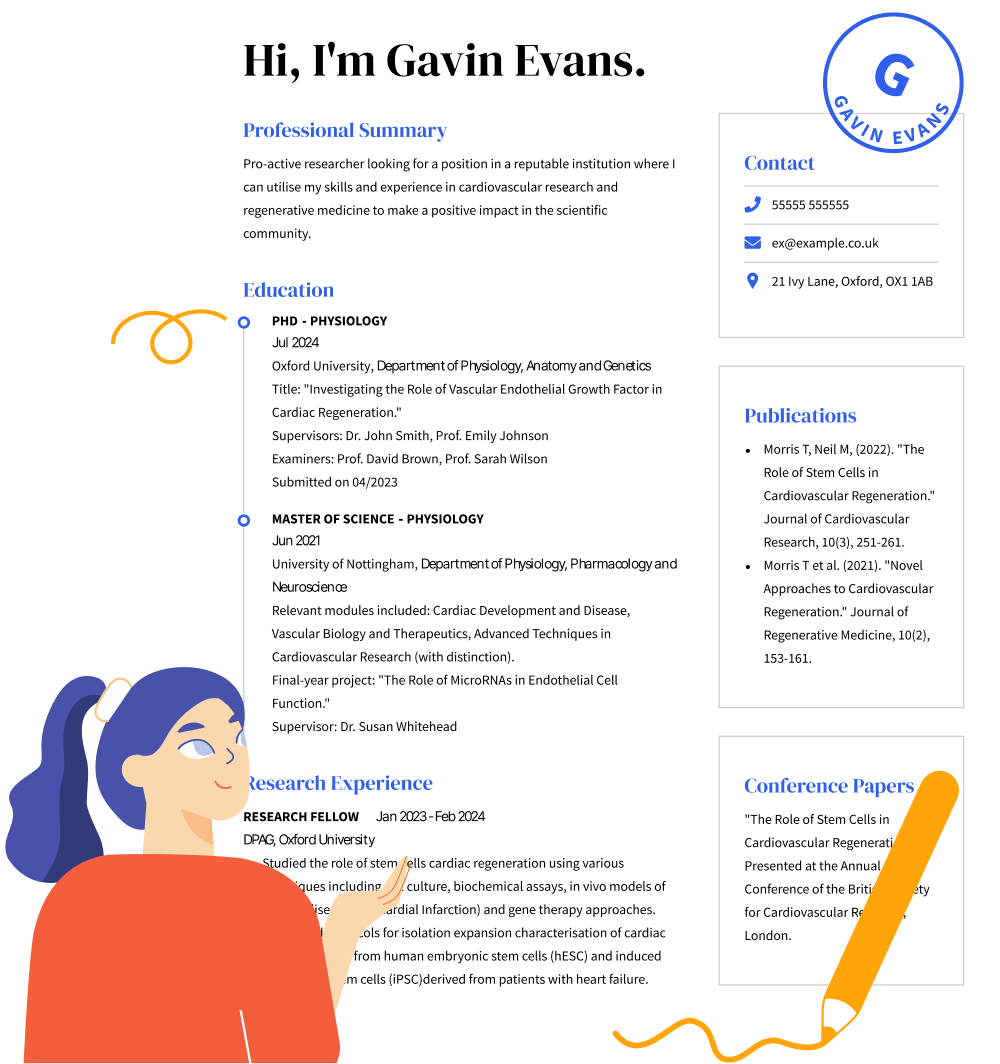
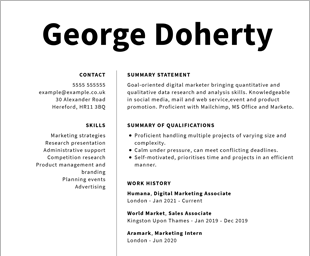
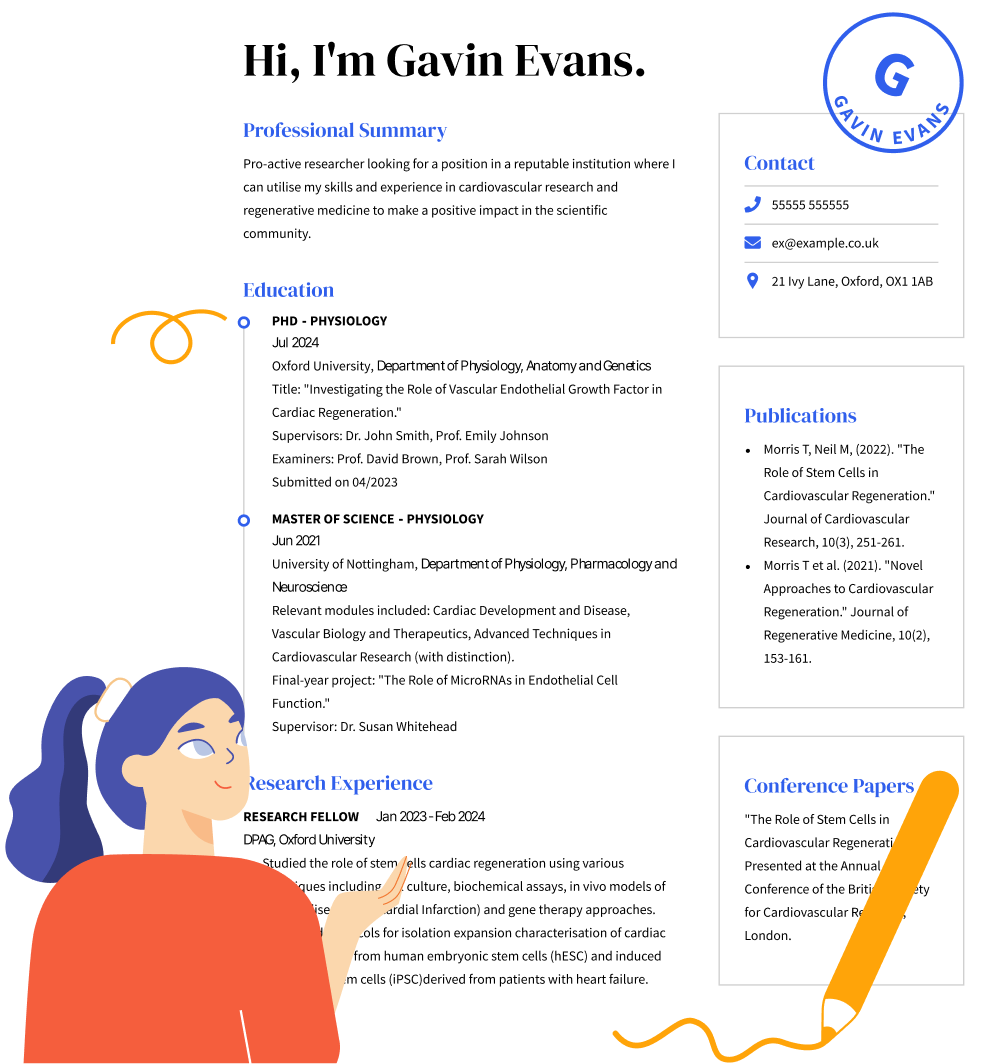
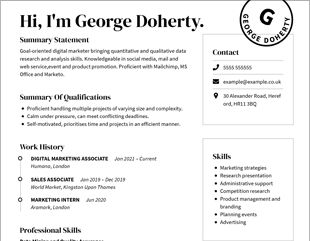
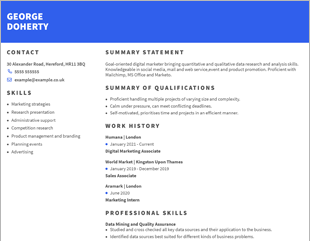
OUR USERS HAVE BEEN HIRED BY
Table of Contents
Multitasking skills can be useful in the workplace. The ability to juggle different tasks at the same time is highly sought-out by employers but if handled incorrectly, could lead to less productivity and affect your mental health.
Regardless of your profession, most jobs require employees to take on various projects and responsibilities, often simultaneously. Therefore, to land the perfect job, it’s crucial to showcase your multitasking skills on your CV to become the top candidate for the job.
Below we’ll highlight important multitasking skills employers look for and their advantages. Then we’ll walk you through how to improve your multitasking skills with examples.
Multitasking comes down to the ability to effectively manage multiple responsibilities simultaneously by single-tasking while effectively keeping track of other tasks and maintaining performance. Multitasking skills help you manage your time effectively, switch tasks and perform various work activities with full attention. It requires executive control to shift attention from one task to another in rapid succession without any negative effects.
In today’s ever-changing and dynamic workplace, having the ability to multitask effectively is essential for employees. Job duties and responsibilities are constantly changing, so it’s critical for employees with different tasks to possess multitasking skills in order to effectively task-switch.
However, it is by no means easy to efficiently perform several tasks at once. Employees who are effective at multitasking contribute to a more efficient and productive workplace, which is why more and more companies today seek candidates who excel at juggling various functions, duties and roles. Therefore, properly highlighting your multitasking skills on your CV can make you highly seekable and valuable to future employers.
Here are the top four multitasking skills to feature on your CV and multitasking examples for different jobs:
People who effectively multitask can take on multiple responsibilities and new tasks simultaneously because they are highly organised. Excellent multitasking entails using your organisational skills to organise what tasks you need to complete and when efficiently.
Organisation in the workplace involves maintaining a tidy workspace so you don’t waste unnecessary time finding the paperwork and any other tools necessary to carry out your various tasks effectively and efficiently. Organisational skills also involve keeping a tidy workspace so all the documents and applications you most frequently use to carry out your tasks are quick and easy to access. Digital organisation can also require effective connectivity between various tools such as cell phones, computers or even social media.
Being organised allows you to effectively manage your time in both the short and long term to keep you on track with your various tasks. To be able to do this you need great short-term and long-term memory.
For example, a project manager needs to have great organizational skills, as well as good media multitasking skills, to be able to keep track of what everyone on their team is doing through different channels.
Prioritization is essential for improving the effects of multitasking in the workplace as it enables you to effectively assess your responsibilities to organise tasks by the level of their importance. It is crucial to be able to switch between tasks of high importance or prioritise the most time-sensitive tasks you need to complete. Prioritization also contributes to better mental health, as it allows you to block out all irrelevant information that gets in the way of your tasks.
Prioritising improves your cognitive tasks and allows you to effectively assess each task to complete them in the most efficient way possible. Employees who effectively multitask can fully maximize their time by creating an order for the various tasks they are responsible for.
An editor, for example, uses prioritization skills to organise the multiple documents, books or articles they have to edit. It helps them stay on top of their responsibilities and effectively meet deadlines.
Effectively scheduling your tasks is vital for multitasking as it enables you to efficiently plan your time to make sure you meet your deadlines and goals. Effective scheduling lets employees take on complex and dynamic responsibilities and break them down into smaller and more manageable tasks with deadlines. Employees can then plan their daily activities and multitask between the more manageable tasks and stay on schedule.
A scrum master utilizes scheduling skills to streamline the processes used to accomplish goals. They know what is needed to work effectively and are experts at breaking down responsibilities into manageable tasks.
Delegation is essential for multitasking as it allows employees to collaborate with coworkers on various tasks and stay on schedule. By effectively delegating tasks among a group, each member can focus on tasks of appropriate importance.
Delegation is a skill that’s crucial in leadership roles. A manager, for example, should be able to look at what’s on the table and delegate tasks among their team members so that everyone can do their part.
Highlighting your multitasking skills on your CV makes you more appealing to hiring managers.
All CV formats include a CV summary or CV objective section near the top that can be used to showcase a candidate’s skills and competencies. Use this section to highlight how you effectively utilize multitasking skills in the workplace.
You should also use the work experience section of your CV to outline responsibilities and achievements that utilized your multitasking skills. Make sure these responsibilities and accomplishments are relevant to the position you’re applying for.
Use action verbs and cite specific examples of how your multitasking skills contributed to beneficial results for your previous employers, e.g., “Managed presentations, travel schedules and employee benefits for an office of 400 employees.”
Finally, feature relevant multitasking soft skills in your CV’s skills section (e.g. listing “organisation” or “prioritization abilities”), as well as hard skills.
Multitasking is by no means a simple skill to execute effectively. Follow these steps to improve your own multitasking skills:
1. Set realistic goals. Defining your goals will allow you to make a list of tasks to stay organised.
2. Prioritize the tasks on your list and allocate enough time to finish each task. It’s a good habit to group tasks whenever possible.
3. When multitasking, remain focused and try to avoid distractions in the workplace, such as text messaging. Many neuroscience studies show that taking regular breaks is beneficial to your mental health and overall productivity, rather than constantly getting sidetracked by other work activities.
Now that you know how to multitask, here are other resources and guides for featuring the right skills on your CV.
Multitasking skills are essential because they foster an efficient and productive work environment. Being able to multitask also shows recruiters and hiring managers that you can work in a fast-paced environment under pressure.
In addition, research shows that multitasking improves cognitive skills in young adults, such as attention and working memory. The prefrontal cortex is also more active while people are multitasking, compared to when a person is single-tasking.
Attempting to multitask can actually decrease efficiency if employees mindlessly switch between tasks with no strategy. In addition, it can lead to a greater chance for errors, increased stress and negatively affect memory if not done correctly.
If you feel like you’re getting overwhelmed or feeling highly anxious because of the amount of work you have on your plate, stop multitasking and switch to single-tasking. Focus on one task at a time until you feel you can handle more responsibilities.
A common myth is that women are better at multitasking than men. For every recent study you find that tries to prove this, you will find another that disproves it. Another myth is that only young people multitask. A survey by People-OnTheGo disproved this and found that people across all age groups multitask.
The best way to multitask is by creating a list of priorities. See what needs to be done first and tackle that before diving into the next task. If you try to do everything at the same time, you might risk feeling overwhelmed or anxious by the amount of work you have to complete, so organize yourself, create priorities and if needed, delegate some of the work to other coworkers who might be available to help you.
Multitasking is when you attempt to work on two or more tasks at the same time. Task switching, also known as context switching, is what you’re doing while multitasking; switching from one task to another. They don’t mean the same thing but in order to effectively multitask you must switch tasks and the way you switch tasks will come down to what’s on your list of priorities.
We personalize your experience.
We use cookies in our website to ensure we give you the best experience, get to know our users and deliver better marketing. For this purpose, we may share the information collected with third parties. By clicking “Allow cookies” you give us your consent to use all cookies. If you prefer to manage your cookies click on the “Manage cookies” link below.